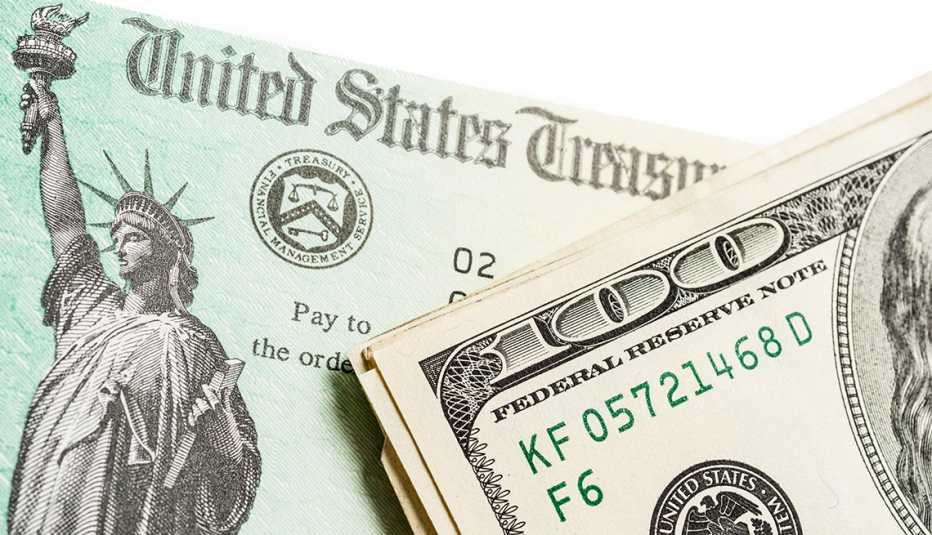Staying Fit
The IRS has sent a wave of pandemic stimulus checks to government retirees who normally don’t file federal income taxes. Now the agency is sending payments to Veterans Affairs beneficiaries who don’t normally file taxes. But the Social Security Administration (SSA) says if you are a beneficiary and haven’t gotten your stimulus check, you need to file a 2020 tax return now to get any stimulus payments due to you.
To date, the IRS has delivered 164 million stimulus payments worth about $386 billion during the coronavirus relief mandated by the American Rescue Plan Act, which President Joe Biden signed on March 11.
Many low-income beneficiaries — including recipients of Social Security retirement and disability benefits, as well as recipients of SSI benefits administered by the Social Security Administration — aren’t required to file tax returns, and some of those payments were delayed. The IRS said it was waiting for updated information from the SSA on bank accounts and addresses of federal beneficiaries to ensure the stimulus payments reach eligible individuals.
AARP has pushed the IRS and the SSA to move more swiftly to get those checks to individuals who don’t file federal income taxes.


AARP Membership— $12 for your first year when you sign up for Automatic Renewal
Get instant access to members-only products and hundreds of discounts, a free second membership, and a subscription to AARP the Magazine.
“We urge you to provide clear information on the IRS and other federal agency websites about when exactly these groups should expect their payments. Older Americans are counting on these payments to make ends meet. We urge you to prioritize these federal beneficiaries in both your payment distribution and communications efforts moving forward,” Bill Sweeney, AARP’s senior vice president of government affairs, wrote in a letter to IRS Commissioner Charles Rettig on March 25. A similar letter from AARP went to Social Security Commissioner Andrew Saul on the same day.
On March 25 the SSA gave the IRS the updated information required to begin delivering stimulus checks to some 30 million federal beneficiaries still awaiting payments, Saul said.


































































